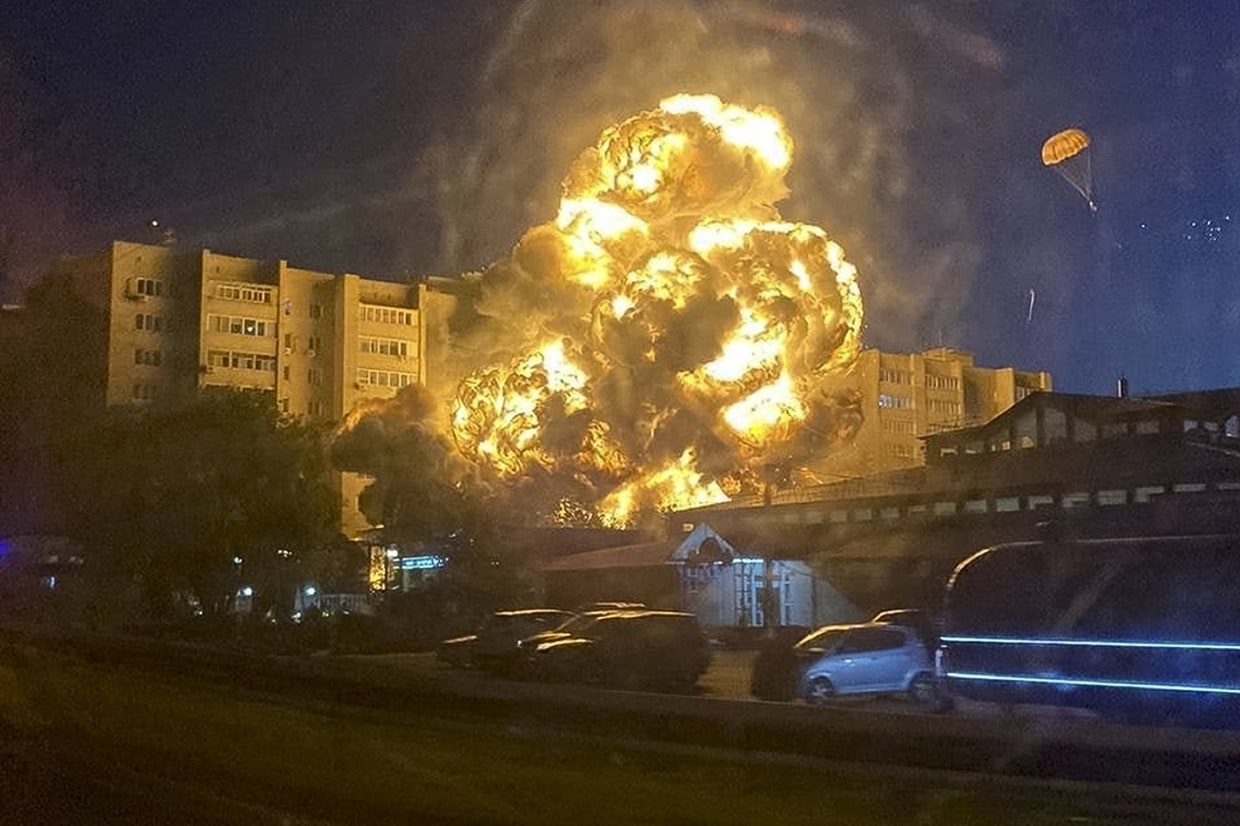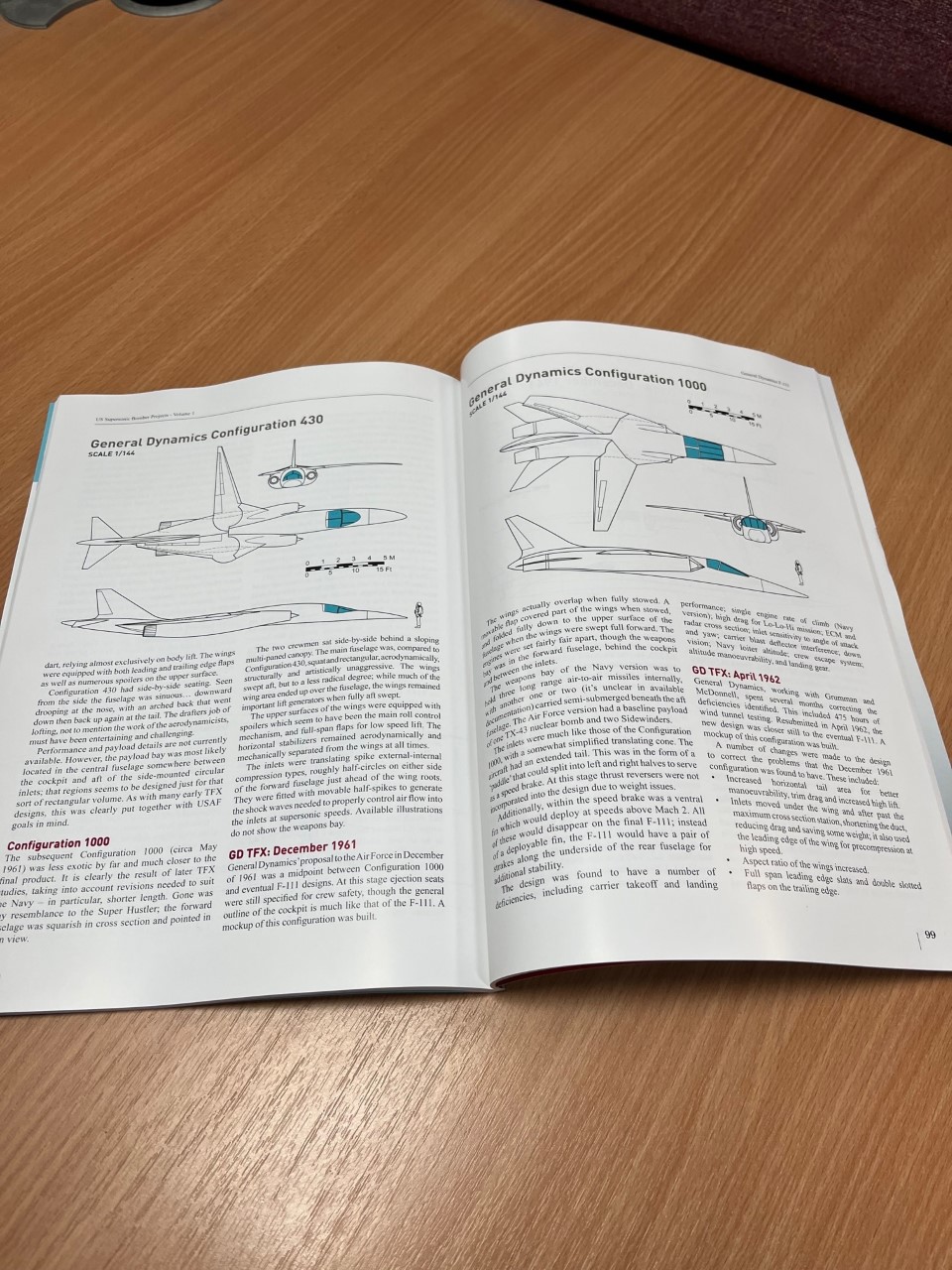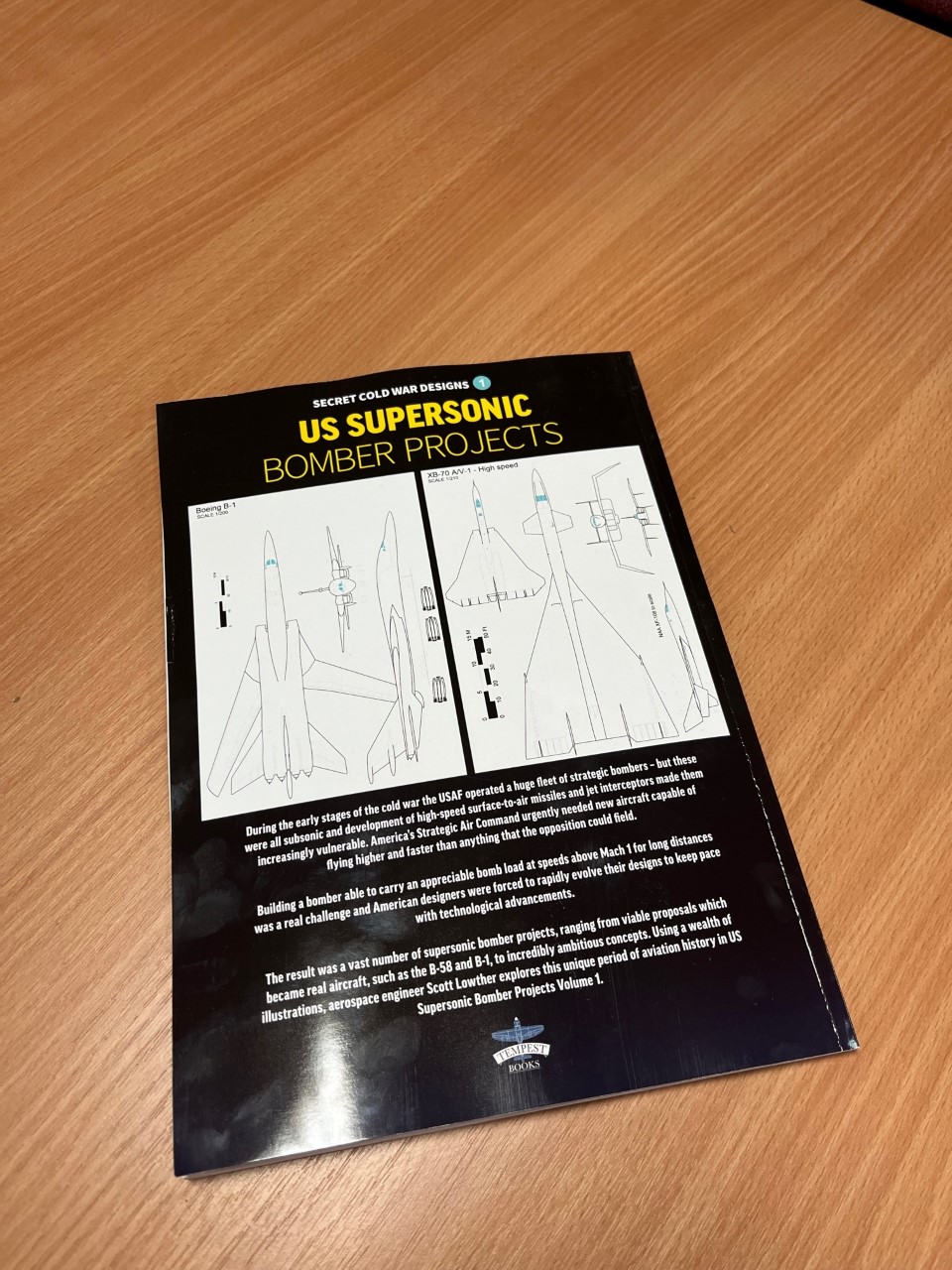Russian losses are expanding beyond Ukraine…
13 dead as Russian warplane crashes into apartment building near Ukraine border
Russian news agencies have reported that at least 13 people died when a warplane crashed on Monday into a residential area in the Russian port city of Yeysk after suffering engine failure.
Gotta admit, this is a hell of a shot (I assume it’s from some sort of security camera):

That pilot who saved himself and doomed an apartment building has some splainin’ to do.
The Russians have received 140 SU-34s, and have apparently lost 14 of them so far in the war. Maybe they shouldn’t go tossing them all willy-nilly into apartment blocks.







